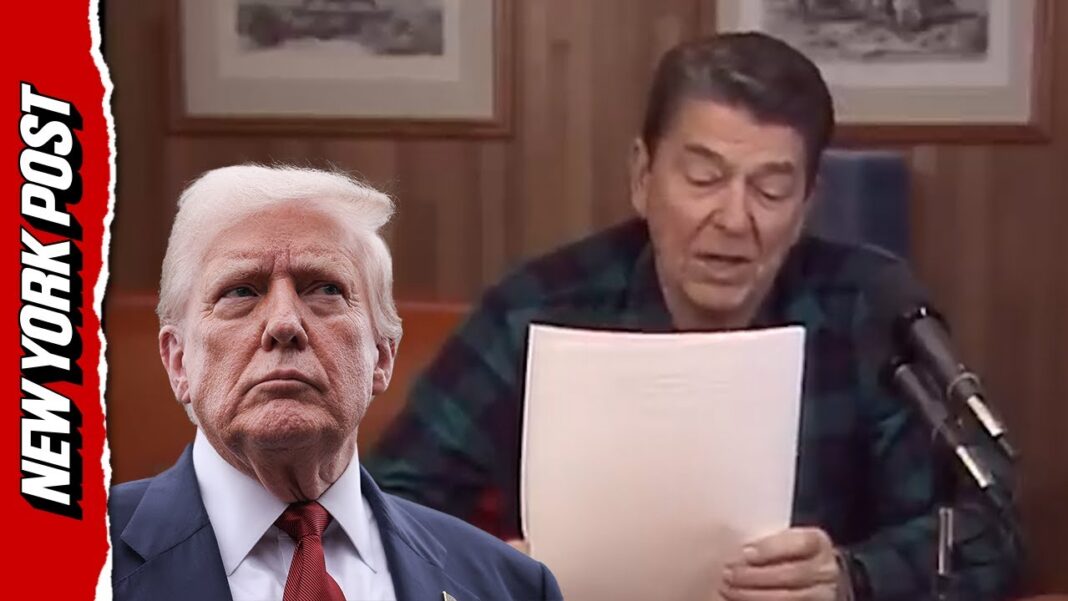The CCP’s top political meeting received minimal coverage by state media, while observers pointed to growing signs of tension within the Party.
News Analysis
The Chinese Communist Party’s (CCP’s) Fourth Plenum of the 20th Central Committee opened in Beijing on Oct. 20 without the typical state media fanfare befitting such an event.
This information blackout followed the recent purge of nine top generals, including senior figures in the Central Military Commission (CMC), further heightening perceptions of instability at the highest levels of the CCP.
The muted media tone during the plenum was accompanied by state propaganda aimed at reinforcing confidence in Chinese leader Xi Jinping’s rule.
A few days prior, on Oct. 17, the CCP expelled nine top military officials in a rare move. Initially scheduled for 2024, the Fourth Plenum was postponed for a year without an official explanation, fueling speculation of internal discord amid China’s economic downturn following the COVID-19 pandemic.
Although state media claimed the plenum focused on drafting the country’s next five-year economic and social blueprint, known as the “15th Five-Year Plan,” coverage of the event has been subdued.
Muted Media Coverage
The four-day meeting, running from Oct. 20 to 23, would typically be trumpeted across state media outlets with front-page headlines and images of top CCP officials.
Instead, state propaganda outlets—including Xinhua News Agency, People’s Daily, and China Central Television (CCTV)—offered only minimal, routine reporting on the opening day of the plenum.
Their identical reports repeated Party slogans such as “under the leadership of the CCP Central Committee with Comrade Xi Jinping at its core,” and emphasized the goal of “high-quality development” and “technological self-reliance.”
By the eve of Oct. 20, the official narrative across various state media outlets merely noted that Xi delivered a work report and introduced a draft plan for economic and social development over the next five years.
There were no photographs, video footage, or quotes, which was a stark contrast to the CCP’s usual propaganda style of elaborate visuals and orchestrated enthusiasm.
CCTV’s flagship evening news did not open with the plenum, briefly mentioning it only in a segment on international news and reactions.







